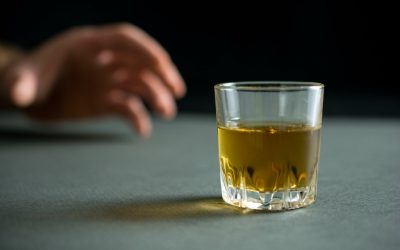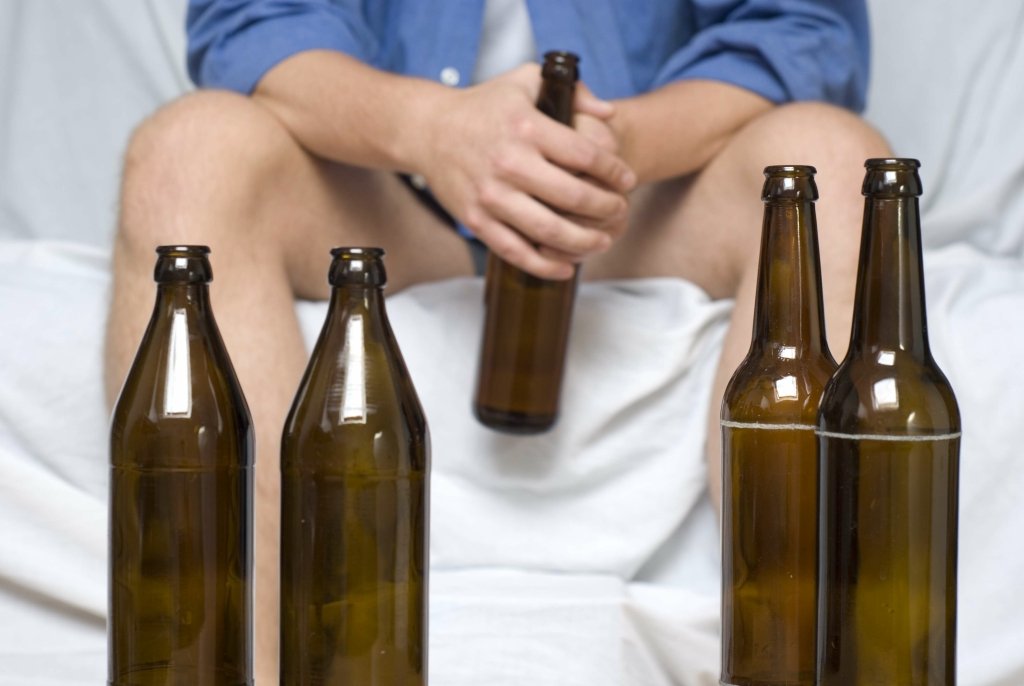Alcohol abuse has a toxic effect on many of your organs, including the heart. The toxicity of alcohol damages and weakens the heart muscle over time. When it can’t pump out enough blood, the heart starts to expand to hold the extra blood. Eventually, the heart muscle and blood vessels may stop functioning properly due to the damage https://greeceholidaytravel.com/phytolamps-for-seedlings-your-key-to-healthy-and-strong-plants.html and strain. The goals of hypertrophic cardiomyopathy treatment are to ease symptoms and prevent sudden cardiac death in people at high risk.

Cardiac Catheterization
- Medical staff will touch an ultrasound wand to your chest, allowing them to see whether the heart has grown abnormally large.
- The newest evidence suggests benefits for heart health of drinking alcohol are less and apply to a smaller group ofthe population than previously thought.
- In the Special Health Report, Controlling Your Blood Pressure, find out how to keep blood pressure in a healthy range simply by making lifestyle changes, such as losing weight, increasing activity, and eating more healthfully.
For example, some people who are on cholesterol-lowering medicines may experience muscle aches when they drink alcohol. Because alcohol and cholesterol medicine both are processed through your liver, they are, in a sense, competing for clearance. So, it’s important to think about your overall health and talk to a healthcare provider about your personal risk factors. The short-term effects of alcohol (headache, nausea, you know the rest) are easy to pinpoint.
Treatment

A healthcare professional examines you and listens to your heart with a http://turgenev-lit.ru/words/0-DEN/turgenev/den.htm device called a stethoscope. Alcohol also causes damage to the liver over time, especially if you drink too much. Those who drink regularly and consume more than the lower risk guidelines are likely to be advised to cut down or stop drinking completely.
How is alcoholic cardiomyopathy treated?
Senior Cardiac Nurse Christopher Allen finds out more from Professor Sir Ian Gilmore, Consultant Physician and Gastroenterologist at Royal Liverpool University Hospitals. Keep going to your regular checkups with your provider so they can monitor your condition. Seeing them regularly allows them to check to be sure you aren’t developing worse symptoms or complications.

That means they last a long time and require treatment for many years. Talk to your health https://santoniinv.com/significance-of-drugs-in-our-day-by-day-lives.html care provider if you have concerns about your heart. Frequently, a relative decrease occurs in systolic blood pressure because of reduced cardiac output and increased diastolic blood pressure due to peripheral vasoconstriction, resulting in a decrease in the pulse pressure. To identify the causative agent of AC, investigators administered ethanol to rats pretreated with inhibitors of ethanol metabolism.
Apical myectomy
- Once the damage is considered irreversible, it’s difficult for the heart and rest of the body to recover.
- These usually come with a warning sticker from your pharmacy that tells you not to drink while you take them.
- Sometimes the heart gets larger and becomes weak for unknown reasons.
The heart’s LV attempts to compensate for this damage by enlarging to achieve a higher blood output. However, as the LV enlarges, its muscular walls begin to thin and weaken. This eventually limits the heart’s ability to pump oxygen-rich blood around the body. Acute can be defined as large volume acute consumption of alcohol promotes myocardial inflammation leading to increased troponin concentration in serum, tachyarrhythmias including atrial fibrillation and rarely ventricular fibrillation. Dr. Cho also warns that if you have liver dysfunction or take other medicines that are processed through the liver, your risks might be different.
- A member of your healthcare team usually asks questions about your symptoms and your medical and family history.
- A 2022 study showed a link between moderate drinking (eight to 16 drinks per week) and a lower risk of type 2 diabetes, but specifically among people who drank alcohol with meals.
- Follow your healthcare provider’s instructions for managing the condition that caused your cardiomegaly.
- In the setting of acute alcohol use or intoxication, this is called holiday heart syndrome, because the incidence is increased following weekends and during holiday seasons.
- Certain microscopic features may suggest damage secondary to alcohol causing cardiomyopathy.
- An apical myectomy is an open-heart surgery to treat hypertrophic cardiomyopathy.
- The heart is unable to pump blood efficiently, leading to heart failure.
- An operation is available for some patients that have non-obstructive hypertrophic cardiomyopathy.
Chest radiographs usually show evidence of cardiac enlargement, pulmonary congestion, and pleural effusions. Individuals who completely quit alcohol generally have improved overall outcomes. They typically require fewer hospitalizations and show improved heart function on ECG readings.





